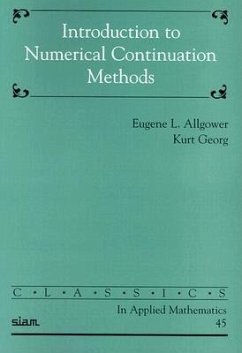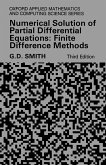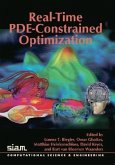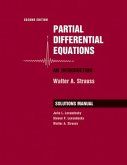Numerical continuation methods have provided important contributions toward the numerical solution of nonlinear systems of equations for many years. This volume looks at how the methods can be used not only to compute solutions, but also to gain insight into their qualitative properties.
Numerical continuation methods have provided important contributions toward the numerical solution of nonlinear systems of equations for many years. The methods may be used not only to compute solutions, which might otherwise be hard to obtain, but also to gain insight into qualitative properties of the solutions. Introduction to Numerical Continuation Methods, originally published in 1979, was the first book to provide easy access to the numerical aspects of predictor corrector continuation and piecewise linear continuation methods. Not only do these seemingly distinct methods share many common features and general principles, they can be numerically implemented in similar ways. Introduction to Numerical Continuation Methods also features the piecewise linear approximation of implicitly defined surfaces, the algorithms of which are frequently used in computer graphics, mesh generation, and the evaluation of surface integrals. To help potential users of numerical continuation methods create programs adapted to their particular needs, this book presents pseudo-codes and Fortran codes as illustrations. Since it first appeared, many specialized packages for treating such varied problems as bifurcation, polynomial systems, Bibliography; Index and Notation.
Numerical continuation methods have provided important contributions toward the numerical solution of nonlinear systems of equations for many years. The methods may be used not only to compute solutions, which might otherwise be hard to obtain, but also to gain insight into qualitative properties of the solutions. Introduction to Numerical Continuation Methods, originally published in 1979, was the first book to provide easy access to the numerical aspects of predictor corrector continuation and piecewise linear continuation methods. Not only do these seemingly distinct methods share many common features and general principles, they can be numerically implemented in similar ways. Introduction to Numerical Continuation Methods also features the piecewise linear approximation of implicitly defined surfaces, the algorithms of which are frequently used in computer graphics, mesh generation, and the evaluation of surface integrals. To help potential users of numerical continuation methods create programs adapted to their particular needs, this book presents pseudo-codes and Fortran codes as illustrations. Since it first appeared, many specialized packages for treating such varied problems as bifurcation, polynomial systems, Bibliography; Index and Notation.








